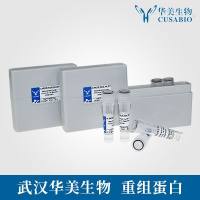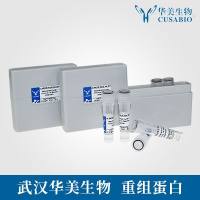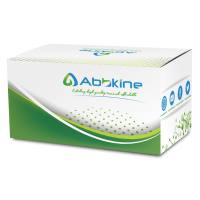Analysis of Global and Specific Changes in the Disulfide Proteome Using Redox 2D-PAGE
互联网
互联网
相关产品推荐

PRXL2A/PRXL2A蛋白/Peroxiredoxin-like 2 activated in M-CSF stimulated monocytes (Protein PAMM) (Redox-regulatory protein FAM213A) (C10orf58) (FAM213A) (PAMM)蛋白/Recombinant Human Peroxiredoxin-like 2A (PRXL2A)重组蛋白
¥69

Recombinant-Cronobacter-sakazakii-Thiol:disulfide-interchange-protein-DsbDdsbDThiol:disulfide interchange protein DsbD EC= 1.8.1.8 Alternative name(s): Protein-disulfide reductase; Disulfide reductase
¥13720

Cell Cycle Analysis Kit (with RNase)(BA00205)-50T/100T
¥300

Recombinant-Ashbya-gossypii-Altered-inheritance-of-mitochondria-protein-43-mitochondrialAIM43Altered inheritance of mitochondria protein 43, mitochondrial Alternative name(s): Found in mitochondrial proteome protein 14
¥10038

SDS-PAGE蛋白上样缓冲液(5X)
¥139
相关问答

